There can be your advertisement
300x150
House of Commune: Does the House-Commune Have a Future in Moscow?
Looking at the yellow, weathered house on Novinsky Boulevard, it's hard to imagine that just 80 years ago it amazed the imagination not only of Soviet architects but also of the world-famous Le Corbusier. Who came up with the idea of creating a house-commune, why didn't the project become widespread, and is it possible to restore the building to its original appearance – we tell you the most interesting facts about the House of Commune.
Address: Moscow, Novinsky Boulevard, 25, corp. 1
Built: 1930
Project Author: architects Moisei Ginzburg and Ignatius Milinis
Style: constructivism
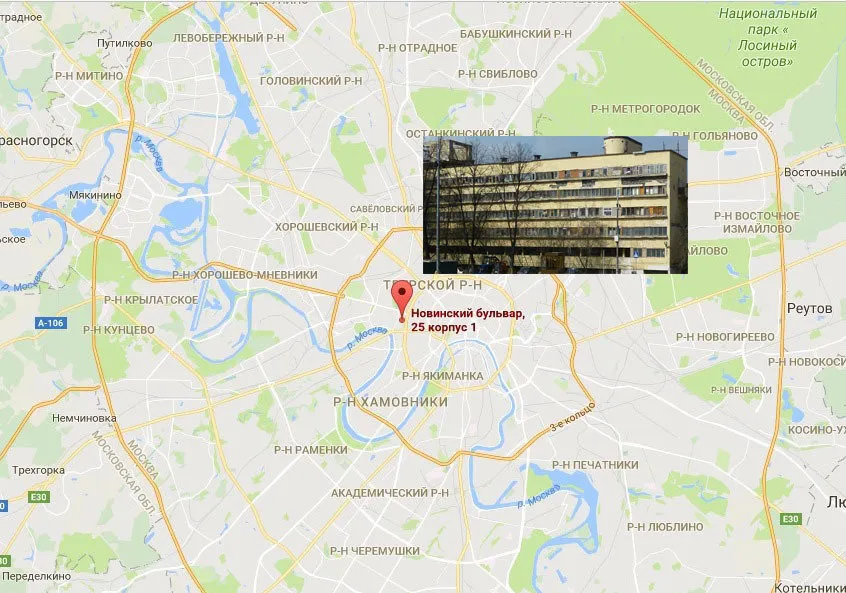 House of Commune on Moscow map
House of Commune on Moscow mapConcept – Reality: the house for employees of the People's Commissariat of Finance was built as the first communal house in Moscow (more precisely, a transitional type: from bourgeois housing to socialist commune). According to the architects' plan, the complex was supposed to consist of four buildings, but due to financial constraints (which were common in the Soviet era), only three were built.
The long six-story residential block was built parallel to Novinsky Boulevard. The communal block was built nearby: it was supposed to house the kitchen, dining hall, library, sports hall, and club zone. The living block was connected to it by a glazed corridor – bad weather could not hinder residents' leisure. The third building had only two floors: here were the garage and mechanical laundry.
What's the innovation: the communal house was meant to completely change the social and domestic lifestyle of its residents. Women no longer had to stand by the stove: family meals were replaced with scheduled dining in a common dining hall. Therefore, in residential cells, only "kitchen elements" were left – built into the cabinet. On the roof, Moisei Ginzburg designed a solarium – a rather questionable innovation given Moscow's weather.
 Photo: Olga Melikecseva
Photo: Olga MelikecsevaNumber of Apartments: 50
Layout: for the end of the 1920s, the architecture of the House of Commune became a real breakthrough. The entire six-story building was divided horizontally into two parts. On the lower three floors, large apartments (57–60 sq. m) for families with children were located. Above them were small apartments for one or two people. All cells in the house were two-story: due to multi-level layouts, living space was 1.5 times larger than advertised.
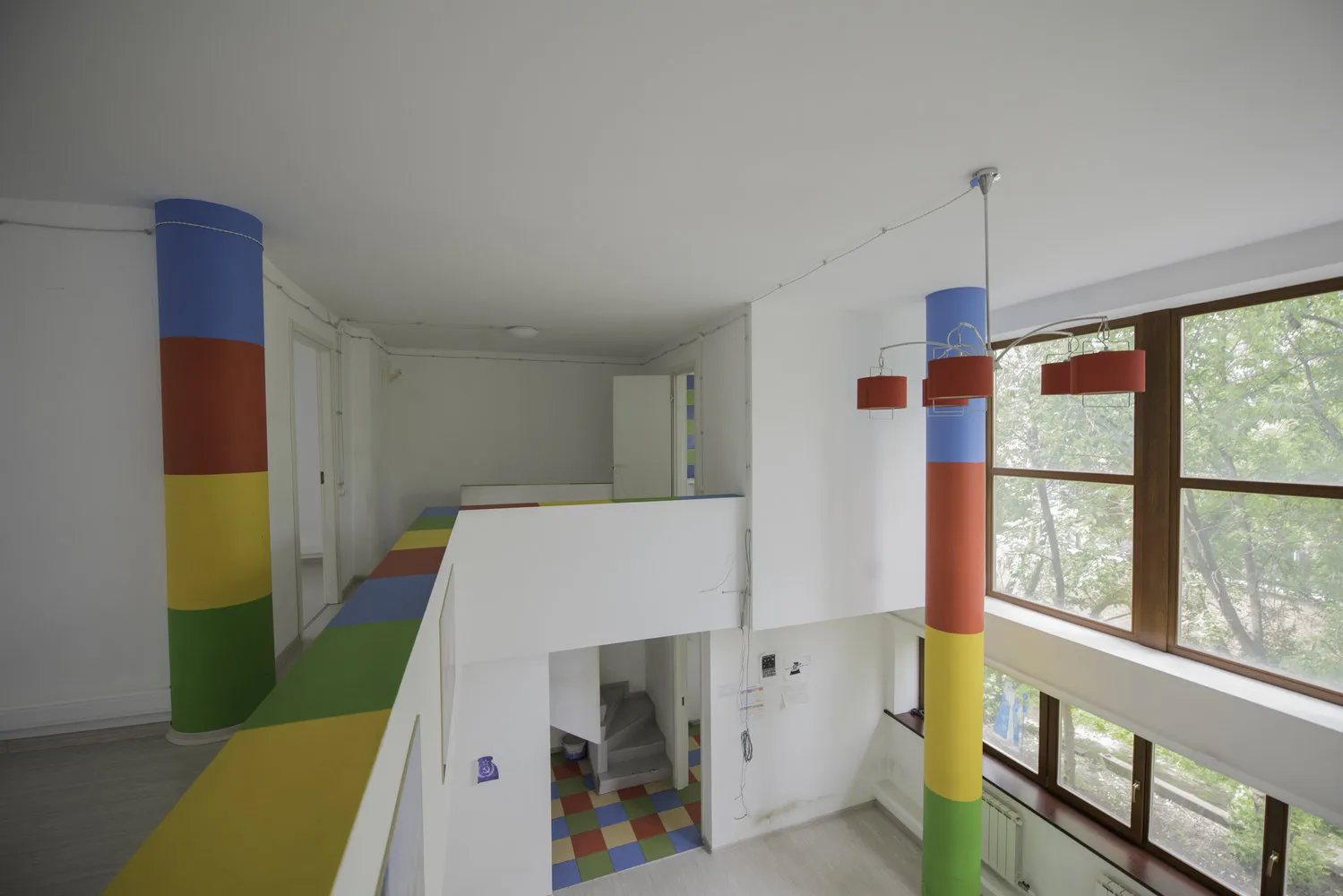 Photo: Olga Melikecseva
Photo: Olga Melikecseva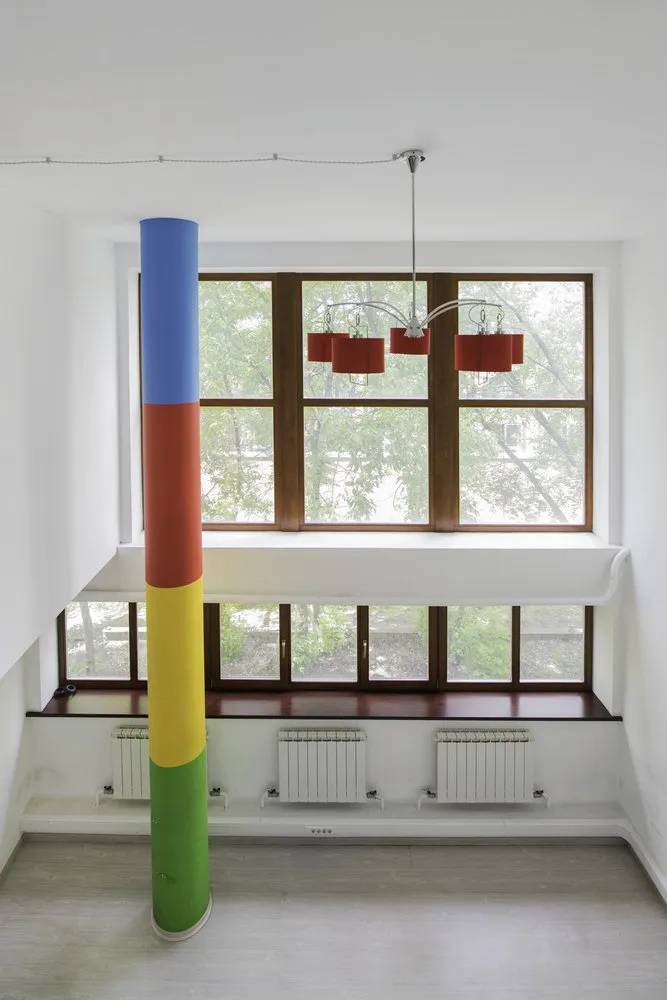 Photo: Olga Melikecseva
Photo: Olga Melikecseva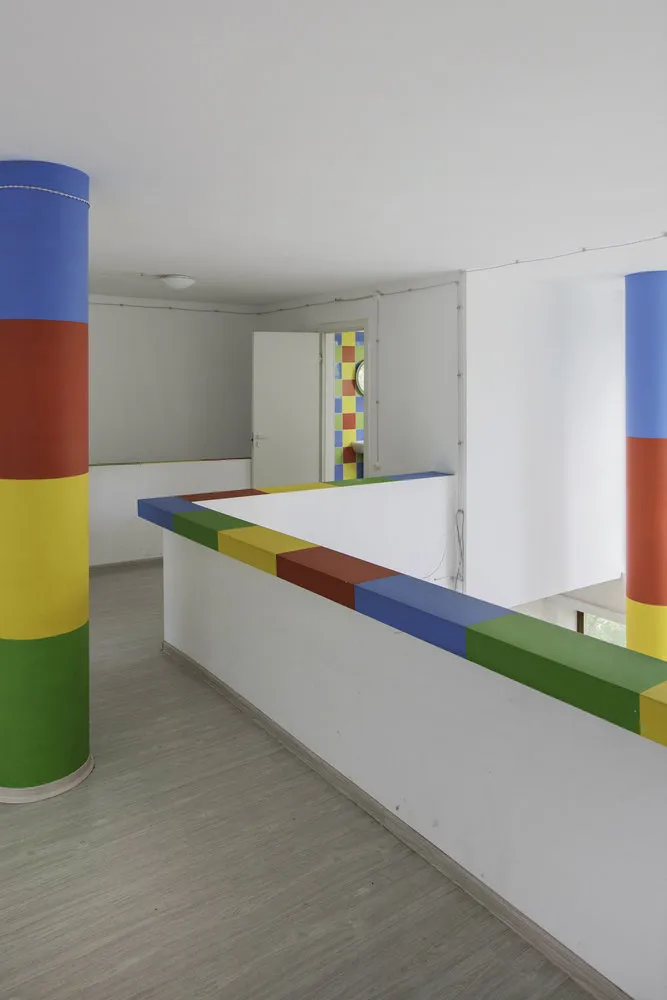 Photo: Olga Melikecseva
Photo: Olga MelikecsevaThere are several types of cells in the house:
Apartment Type F – the smallest cells. Access to them is possible from the common glazed corridor on the 5th floor, descending by an internal staircase to the common room or ascending by the same staircase. The toilet is at the entrance, and the shower area is next to the bedroom.
Apartment Type K – a two-story residential cell for large families. Residents could boast of two bedrooms, a small kitchen, a common living room with ceiling height of 4.6 meters, and their own private terrace.
Apartment Type 2F – two F-type cells (14 sq. m and 29 sq. m) joined together. These apartments had two living rooms with a ceiling height of 3 meters, a bathroom, toilet, kitchen, and dining room with a ceiling height of 2.3 meters.
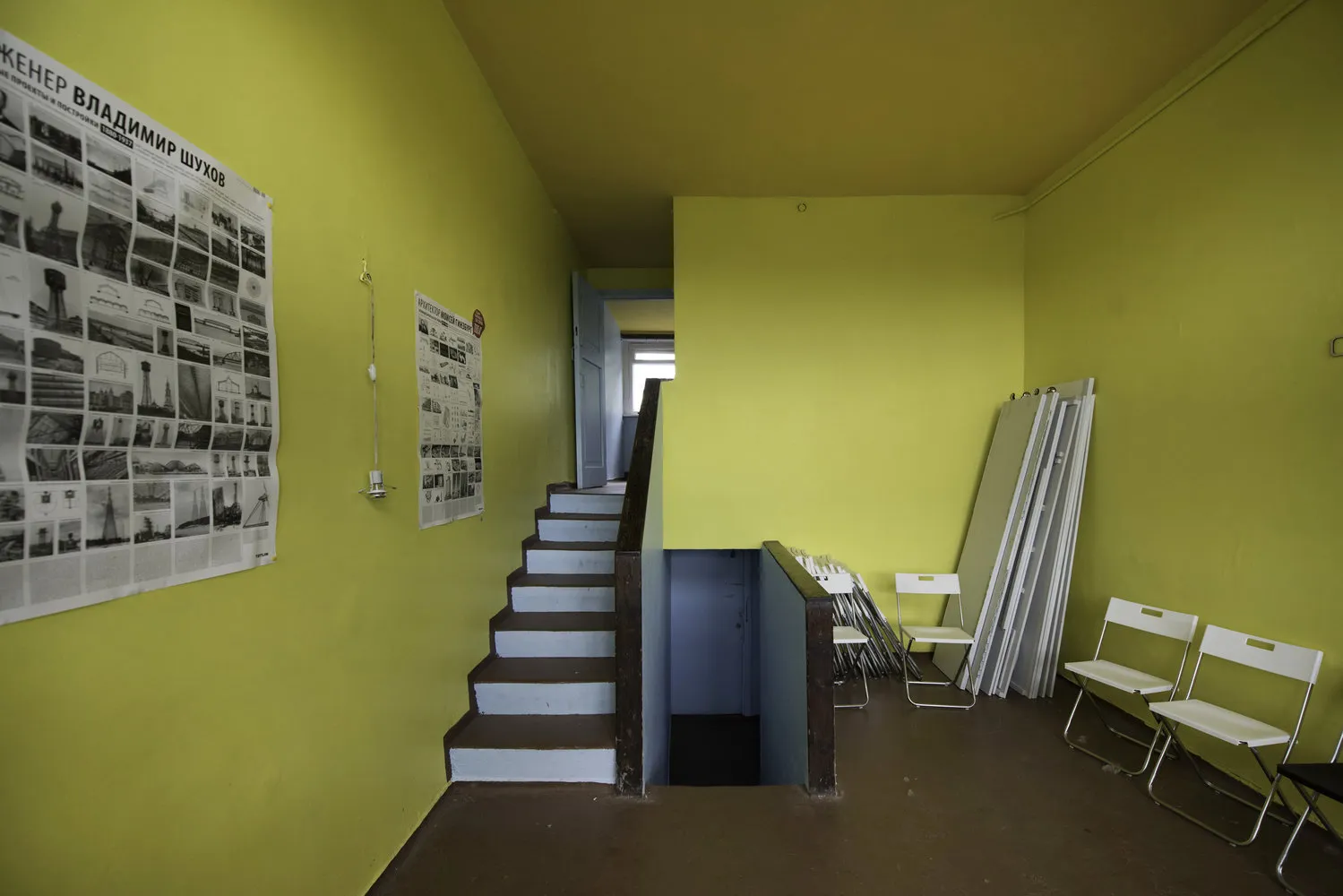 Photo: Olga Melikecseva
Photo: Olga Melikecseva Photo: Olga Melikecseva
Photo: Olga MelikecsevaThis is interesting: originally, the house stood on stilts, but in the late 1930s, the space between them was built upon. However, the famous French architect Le Corbusier managed to see the house in its original form. It is said that he was so impressed that he started building all his houses "on stilts." Many also note the striking similarity to the Marseille Communal Unit – one of Le Corbusier's most famous projects, built in the 1940s after his visit to Moscow.
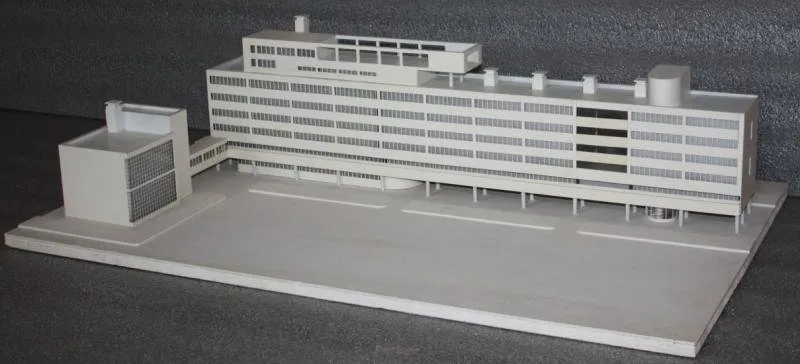
Famous Residents: main ideologist of the creation of house-communes and close friend of Ginzburg Nikolai Milutin not only lived in the house – he owned a 50-meter apartment on the flat roof of the residential block (we would now call it a "penthouse").
Other notable residents: Soviet modernist artist Alexander Deineka, popular blogger Anton Nosik.
 Photo: Olga Melikecseva
Photo: Olga MelikecsevaAre there similar projects? Communal houses can be found in Moscow on Gogolevsky Boulevard (House of Architects), on 2nd Donsky Passage (Textile Institute Dormitory), and on Lestev Street. The idea of communal houses also reached cities like Saratov and Voronezh.
Textile Institute Dormitory
Fate: during the housing crisis in the mid-1930s, large three-room apartments were converted into communal flats, and the building's facade was painted yellow instead of the avant-garde white-red color. Without restoration, the house deteriorated: in 2006 it was included in the "List of 100 Monuments of World Culture" at risk of destruction.
 Photo: Olga Melikecseva
Photo: Olga Melikecseva
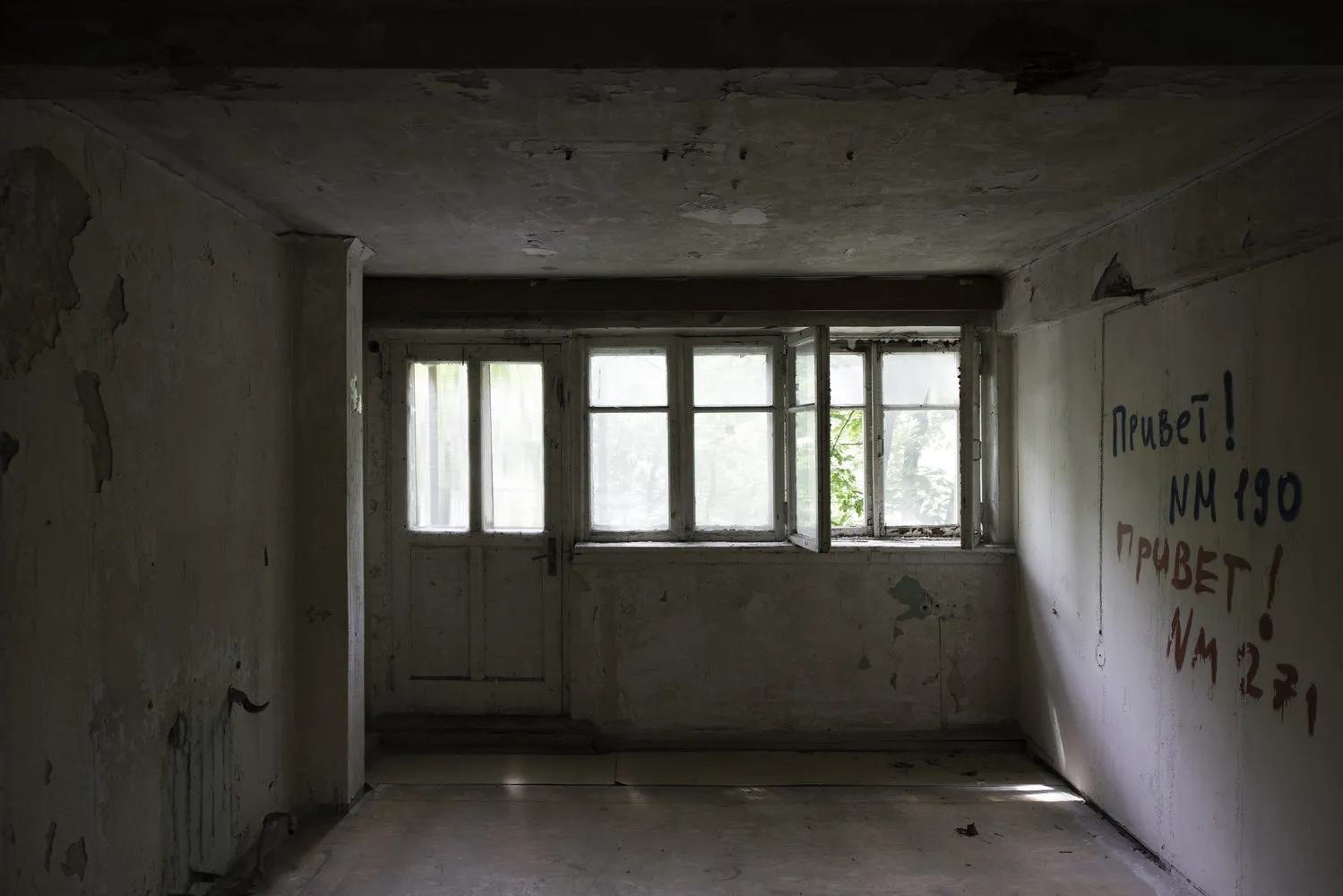
Renovation: in 2016, the sole owner of the house became LLC "Liga Prava." Alexei Ginzburg, the grandson of the famous architect, was invited to lead the renovation. Work started in July 2017 and, according to preliminary estimates, will last 3–4 years.
The plan includes restoring the house to its historical appearance: removing the added first floor, restoring facades, eliminating additions, restoring architectural elements and color schemes of the cells. The communal block will also not be forgotten – it will regain its glass facade and original layout. Whether the house will become a hotel or remain residential is not yet known.
 Visualization of the renovated House of Commune: LLC "Ginzburg Architects"
Visualization of the renovated House of Commune: LLC "Ginzburg Architects"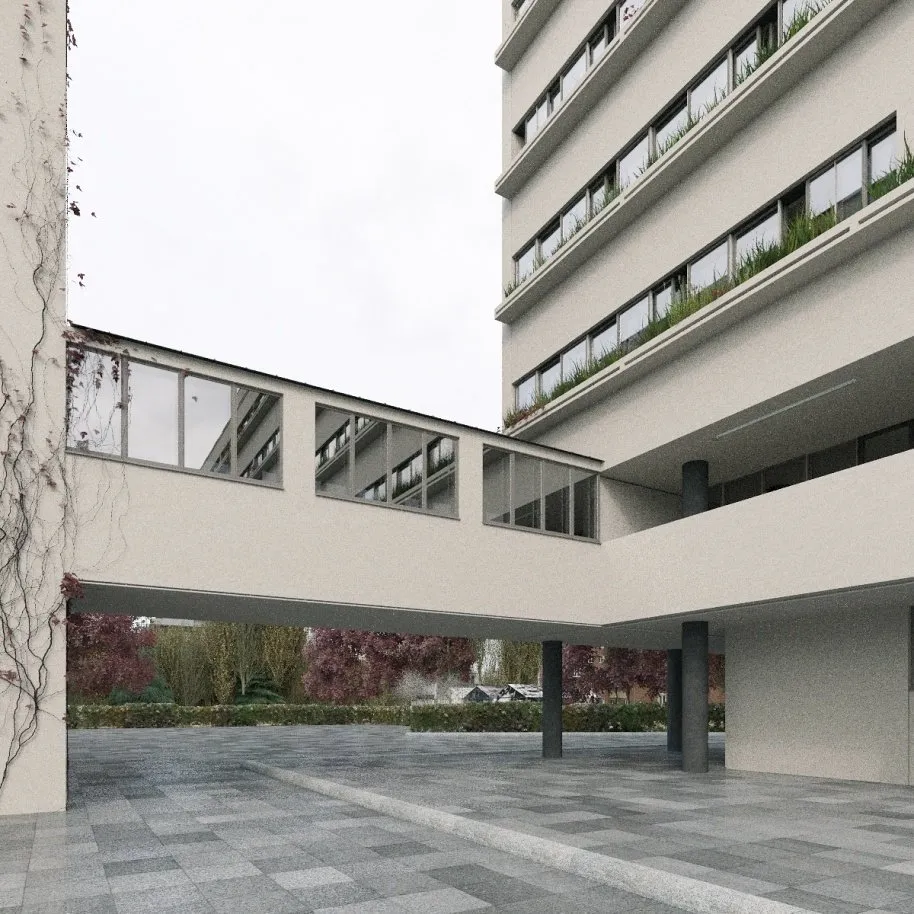 Visualization: LLC "Ginzburg Architects"
Visualization: LLC "Ginzburg Architects"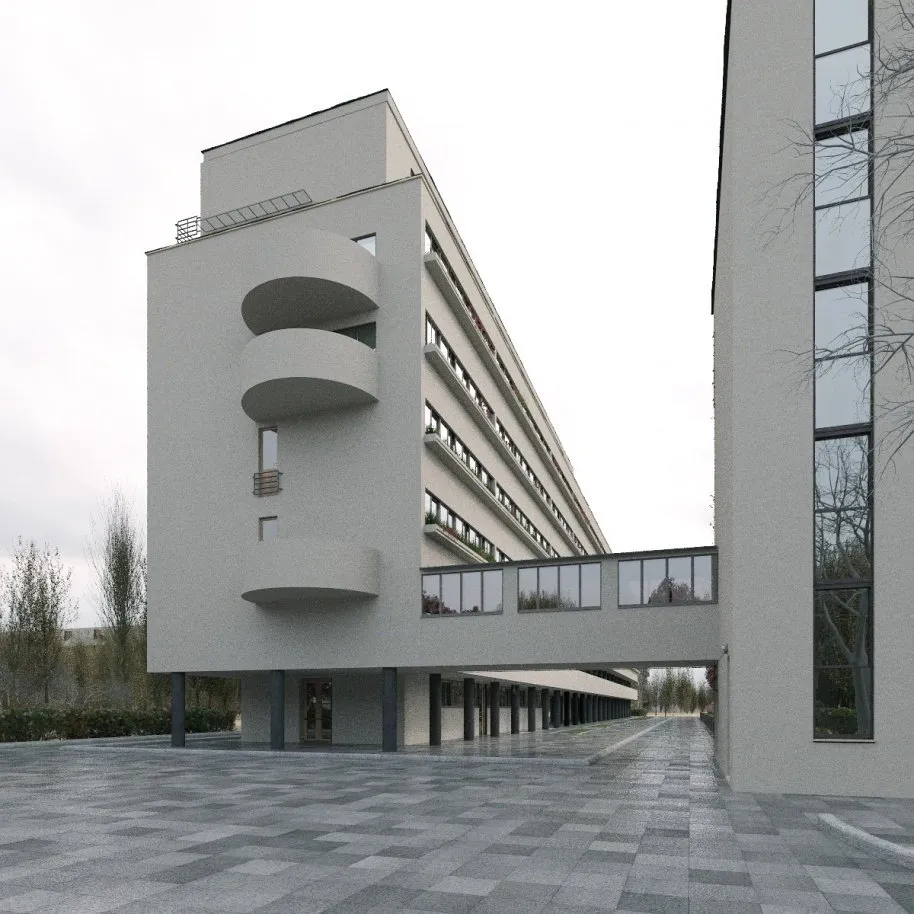 Visualization: LLC "Ginzburg Architects"
Visualization: LLC "Ginzburg Architects"You may also like:
- How People Live in Le Corbusier's House: Ksenia Burzhskaya Column
- Who and Why Built the House on Stilts in Moscow
- Architecture Simplified: 5 Buildings of the Soviet Avant-Garde Era
More articles:
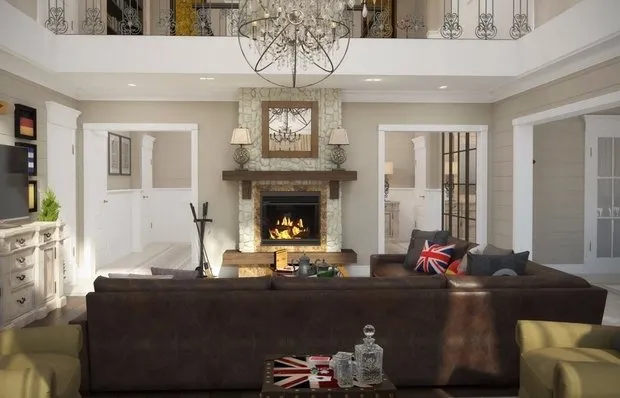 How to Decorate a Wooden House in American Classical Style
How to Decorate a Wooden House in American Classical Style 7 Design Hacks for Comfort in a Studio Apartment
7 Design Hacks for Comfort in a Studio Apartment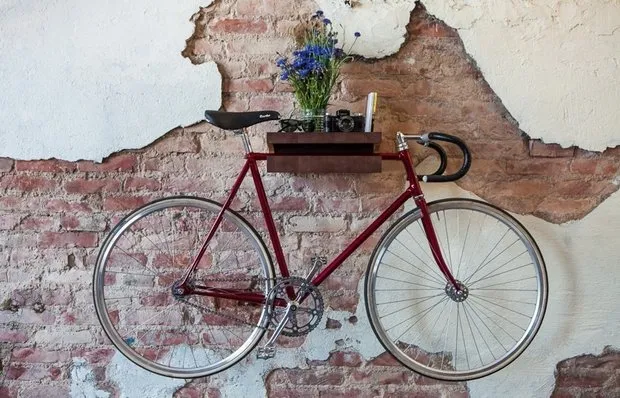 How to Store a Bicycle: 5 Fun Ways
How to Store a Bicycle: 5 Fun Ways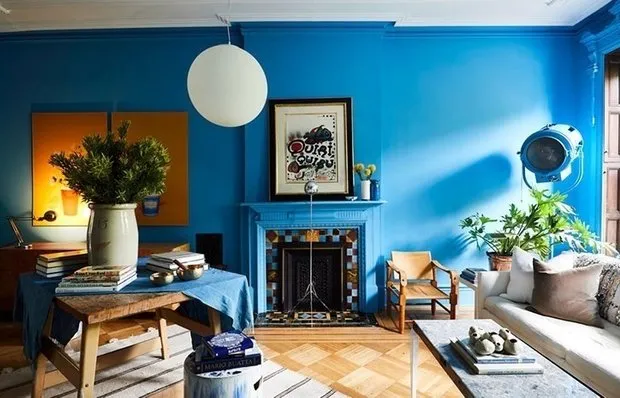 Rainbow House in Brooklyn: All Colors of the Rainbow Under One Roof
Rainbow House in Brooklyn: All Colors of the Rainbow Under One Roof How to Create a Wardrobe in a Standard Apartment: 5 Examples from Professionals
How to Create a Wardrobe in a Standard Apartment: 5 Examples from Professionals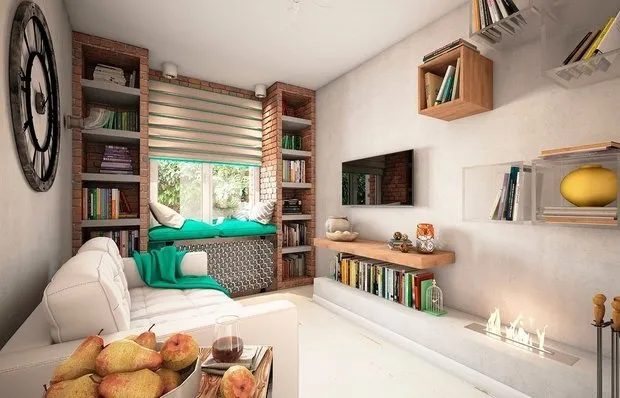 Get Rid of Bars: 9 Solutions for First-Floor Windows
Get Rid of Bars: 9 Solutions for First-Floor Windows 10 Useful Finds for Your Home
10 Useful Finds for Your Home 12 Cleaning Recipes for the Kitchen Without Chemicals
12 Cleaning Recipes for the Kitchen Without Chemicals